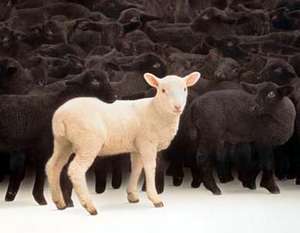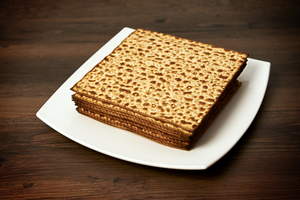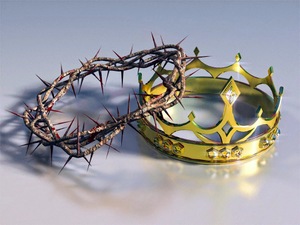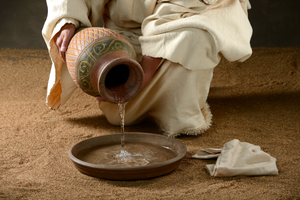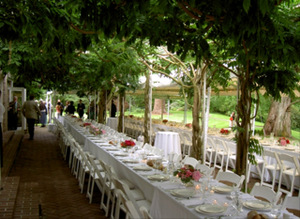The Blood of Messiah

In order to better understand this moed and how it pictures the (as yet to be completed) work of Messiah, we should understand the Scriptural meaning of atonement. We recommend this article on atonement from Psalm11918.org as a thorough study on the topic.
As noted previously, the Day of Atonement is for cleansing by blood from the physical impurity that accompanies life, death, and sin. The writer of the letter to the Hebrews tells us:
For if the blood of goats and bulls and the ashes of a heifer sprinkling those who have been defiled sanctify for the cleansing of the flesh, how much more will the blood of Christ, who through the eternal Spirit offered Himself without blemish to God, cleanse your conscience from dead works to serve the living God? (Hebrews 9:13-14)
There are two interesting facts found in this passage.
First, the author of the book of Hebrews affirms the fact that the blood of goats and bulls does sanctify for the cleansing of the flesh... our outer self. He uses that truth to illustrate the greater truth that the blood of Christ cleanses our conscience... our inner self.

